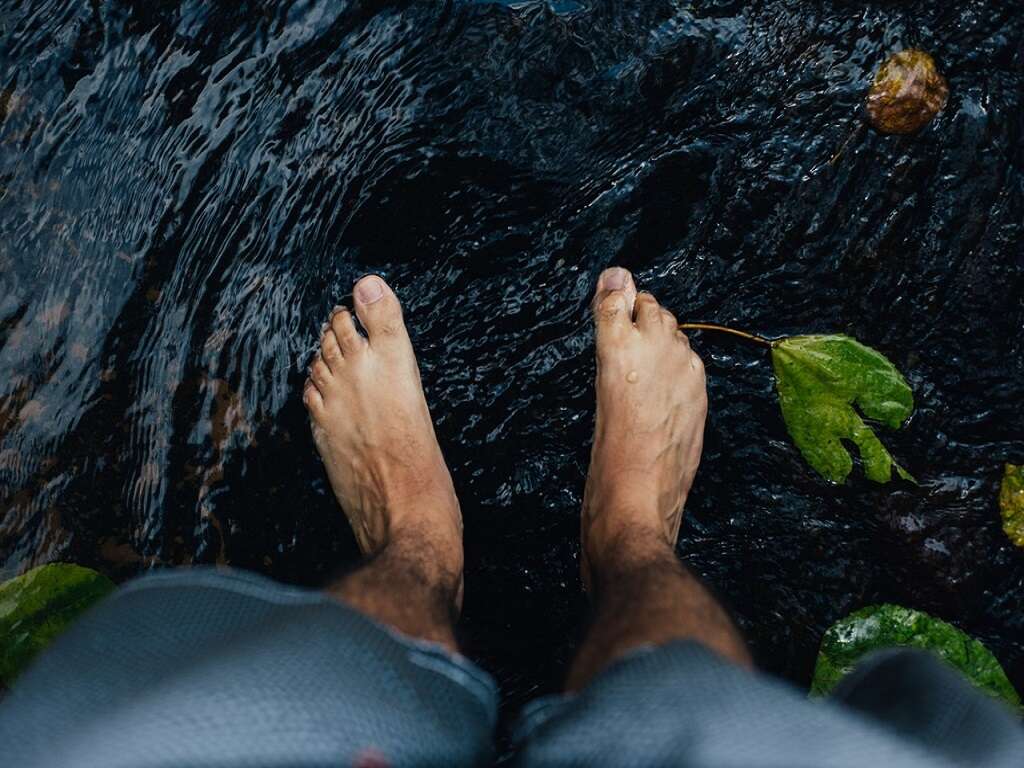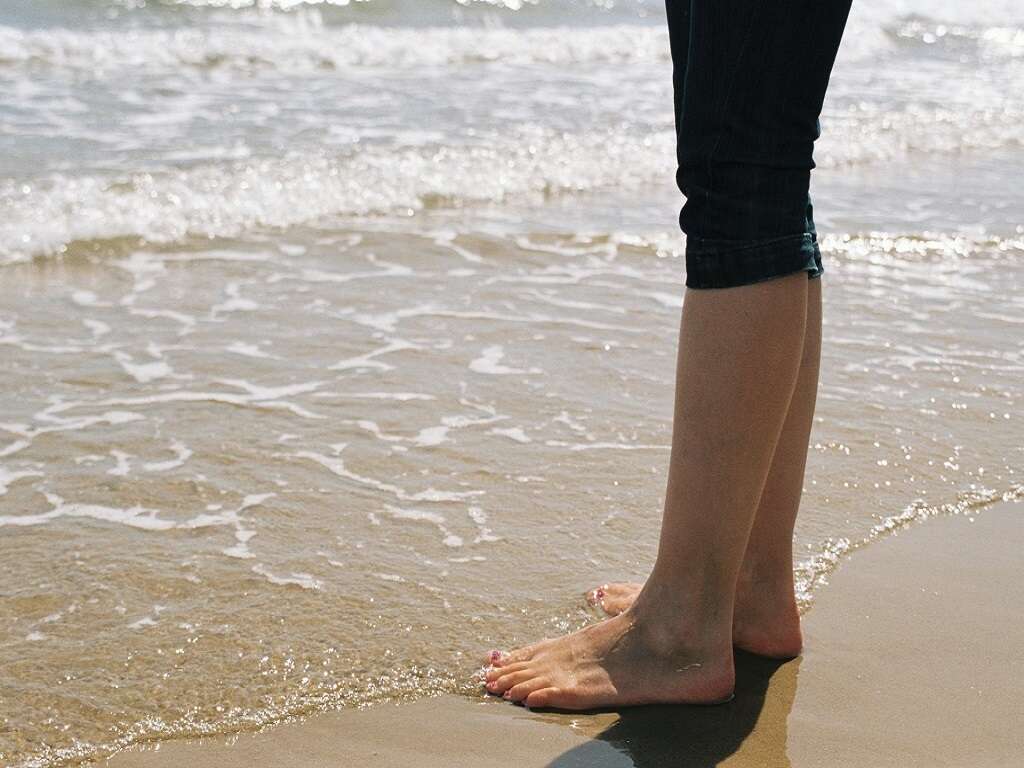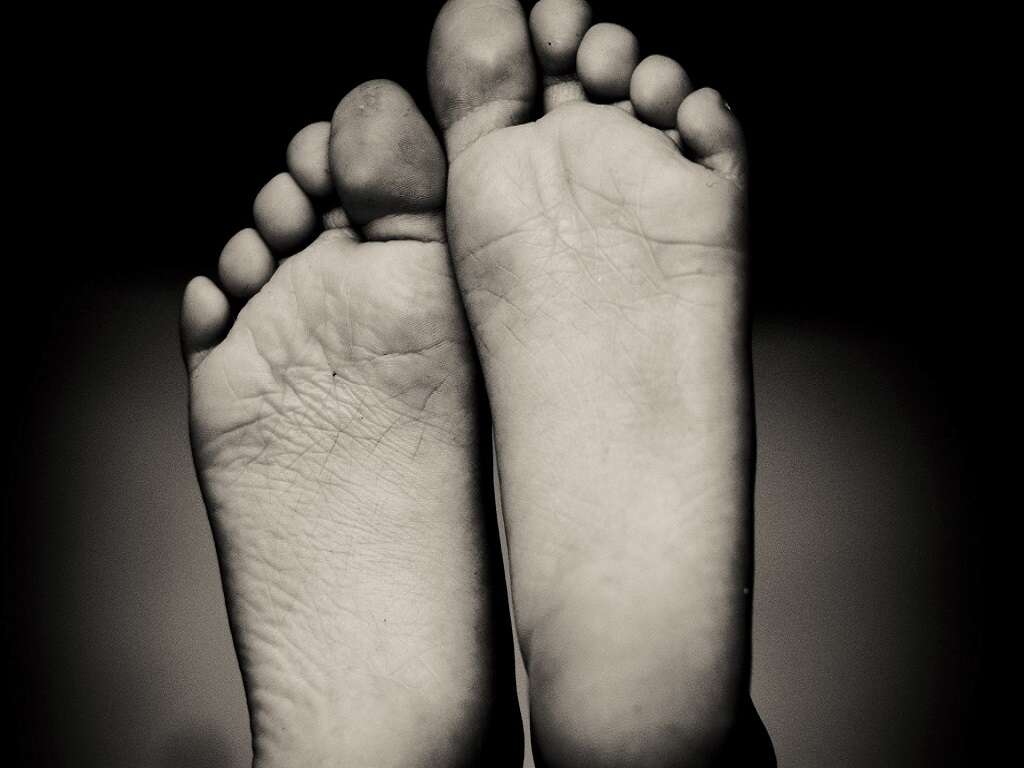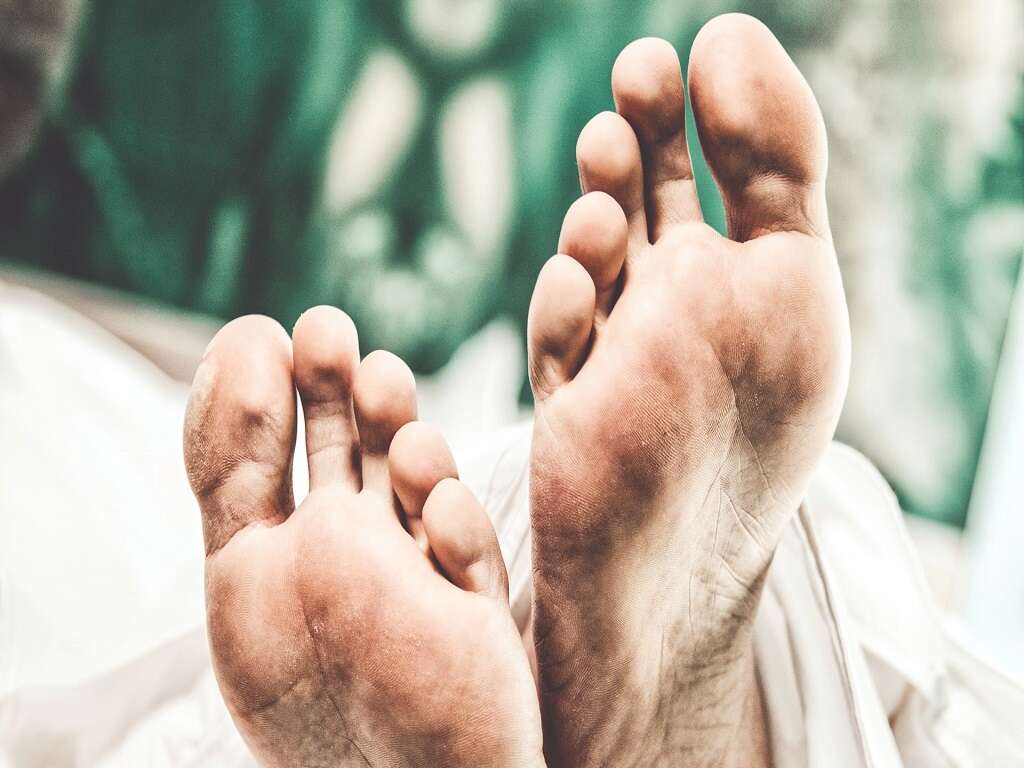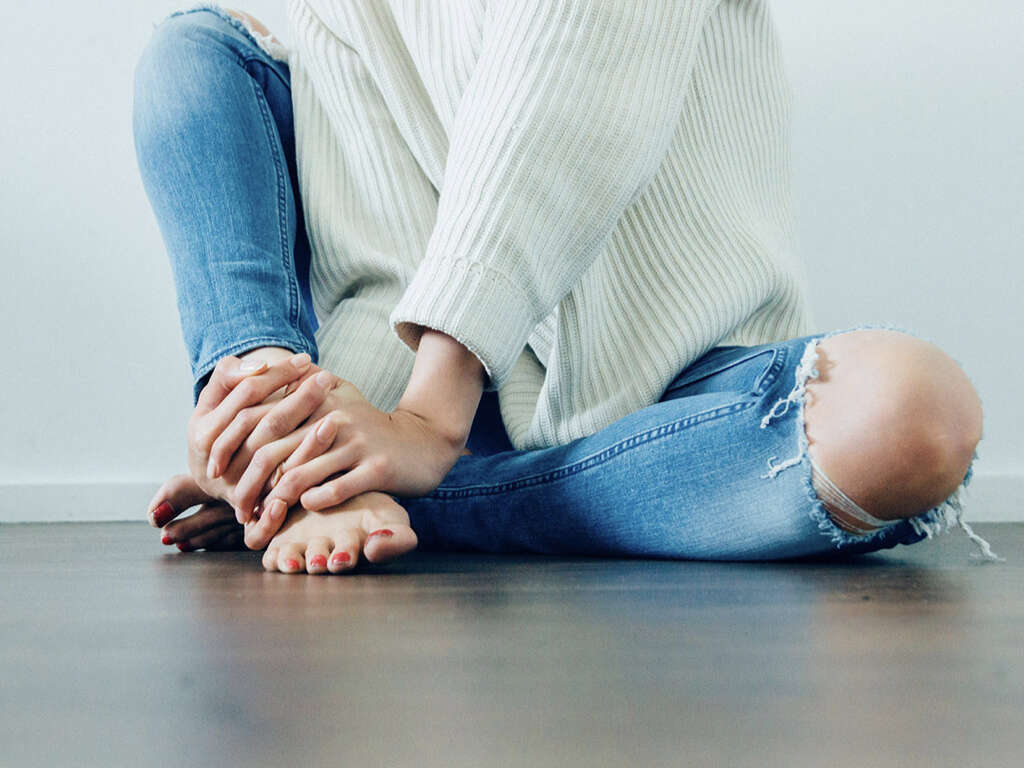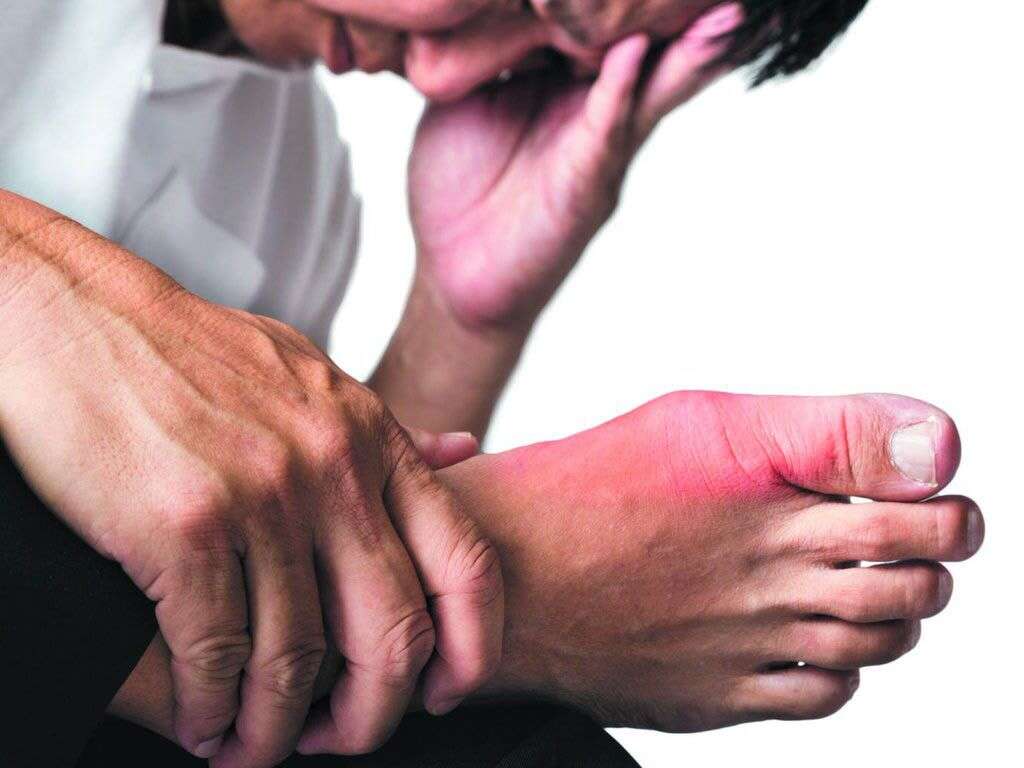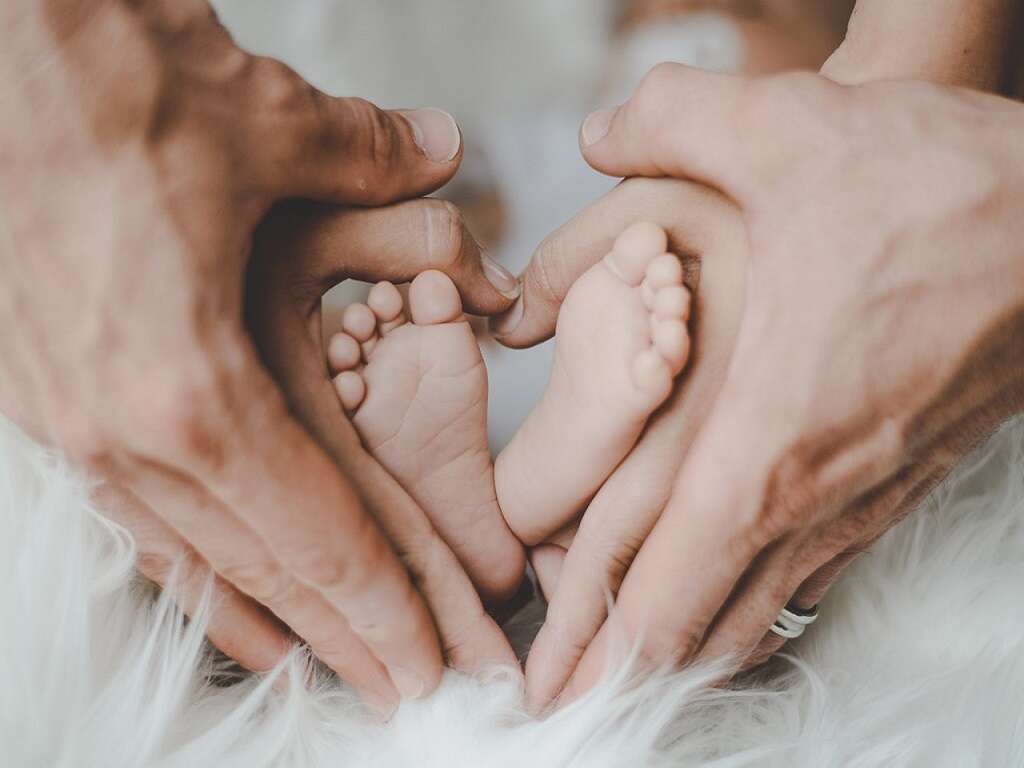What Is Turf Toe?
Although there are several versions of what a turf toe is, it can be classically defined as a hyperdorsiflexion injury occurring at the first metatarsophalangeal joint. In simpler terms, this means the big toe has been abnormally and excessively bent backward due to an injury. Since the 1980s, there is more attention on turf toe due to its effect on professional or college-level athletes.
Since it is especially prevalent among American football players only after artificial turf became more common, the injury became known as “turf toe.” It is believed that the injury is more common when playing on artificial turf as it is harder compared to grass and does not “give” as much when forces are applied. Artificial turf also has less traction. Although turf toe is most commonly associated with football, it can also be seen in a wide range of activities and sports.

1. Anatomy
There are two joints in the big toe. The larger one is the metatarsophalangeal joint. This is where the injury occurs. It connects the first bone of the toe with the first long bone of the foot. In turf toe, this is the joint that is injured. There are several important structures that hold the metatarsophalangeal joint in place to prevent it from dislocating. It includes the collateral ligaments that are located on each side of the big toe to connect the phalanx to the metatarsal. There is also the plantar plate that prevents the toe from bending too far backward. The sesamoids are small bones to provide additional stability to the joint while flexor hallucis brevis provides strength and stability to the joint.
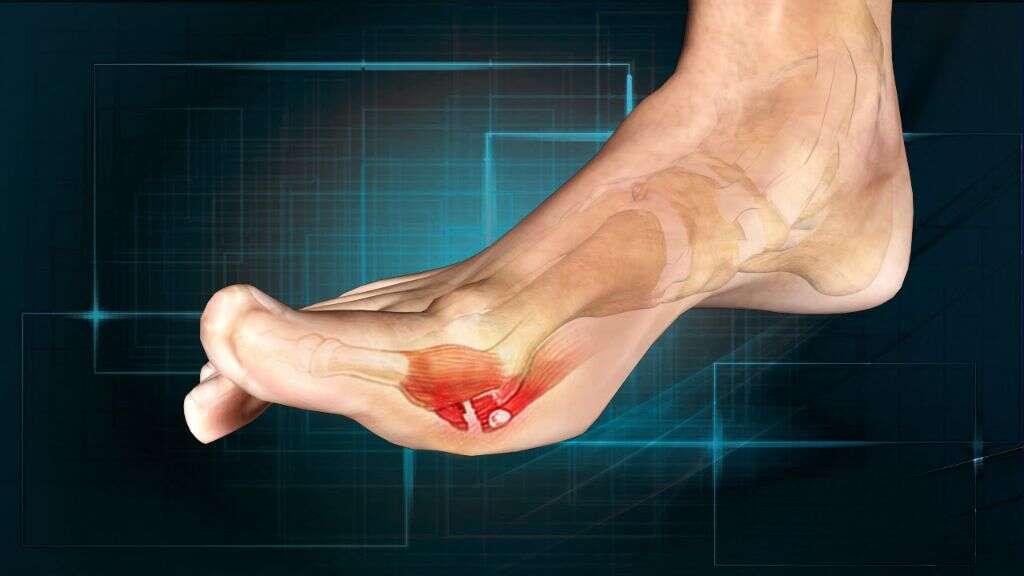
2. Etiology
As previously mentioned, it has been observed that turf toe is more common among athletes who play on artificial turf while wearing flexible soccer shoes. Flexible shoes allow increased speed but decreases stability. On artificial grass, there is less shock absorbency and increased surface friction.
Another factor that plays a role in turf toe injury is the range of motion of the ankle. It has been observed that the greater the degree of ankle dorsiflexion, the higher the risk of hyperextension of the metatarsophalangeal joint resulting in turf toe injury. Other factors that may play a role include the position and weight of the player, years of participation, and history of injury.
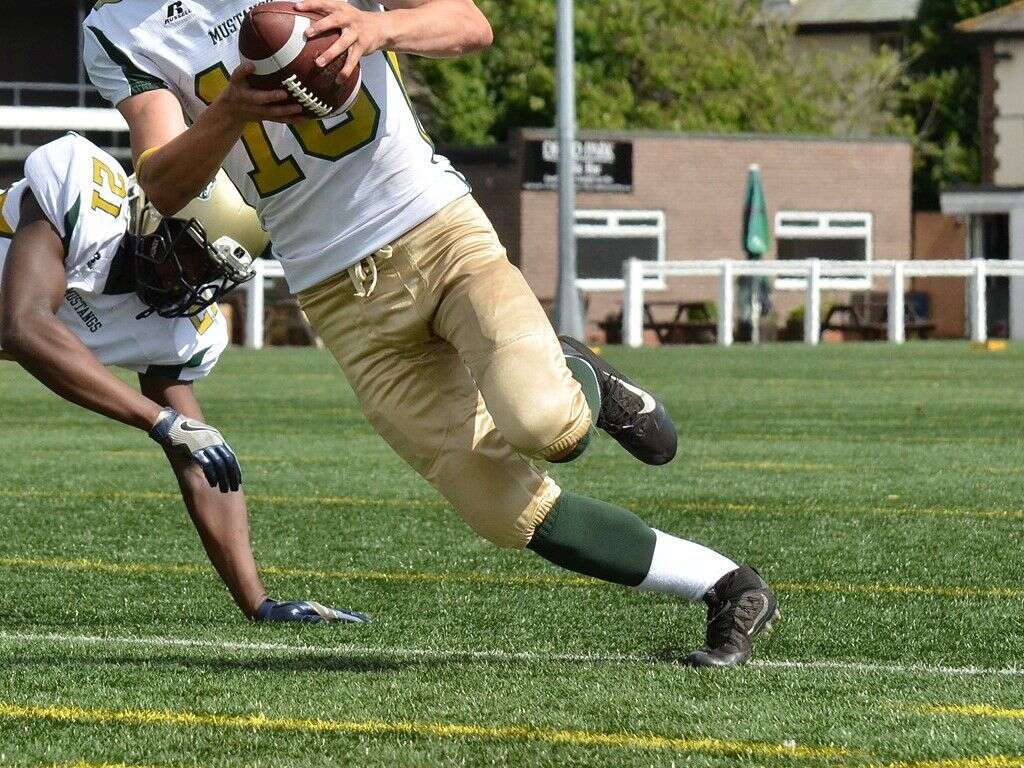
3. Statistics
Although the exact number of turf toe cases have never been clearly defined, in some sports such as rugby and football, the risk of turf toe injury is higher compared to other sports. A retrospective analysis of 5 years showed an estimated incidence of 0.062 per 1,000.
However, the numbers may be much higher among elite athletes. Turf toe injury has been ranked as the third most common injury after knee injuries and ankle traumas, resulting in loss of playing time in athletes still in university. While ankle injuries are much more common compared to turf toe injuries, this injury has been thought to account for a greater proportion of loss of playing time.

4. History and Physical Examination
A detailed series of events causing the injury is important to help determine the mechanism of injury. During physical examination, attention should be paid to the location of pain, presence of pain, bruising, and swelling. During the acute stages where there is pain, examination can be difficult.
However, it is important to palpate the plantar plate, collateral ligaments, sesamoids, and dorsal capsule. The range of motion should be tested to look for instability or hypermobility that may imply underlying tearing of the surrounding structures. If the test is positive, there may be collateral ligament damage or a tear in the capsule. Examination can be aided with the help of comparison to the other side.
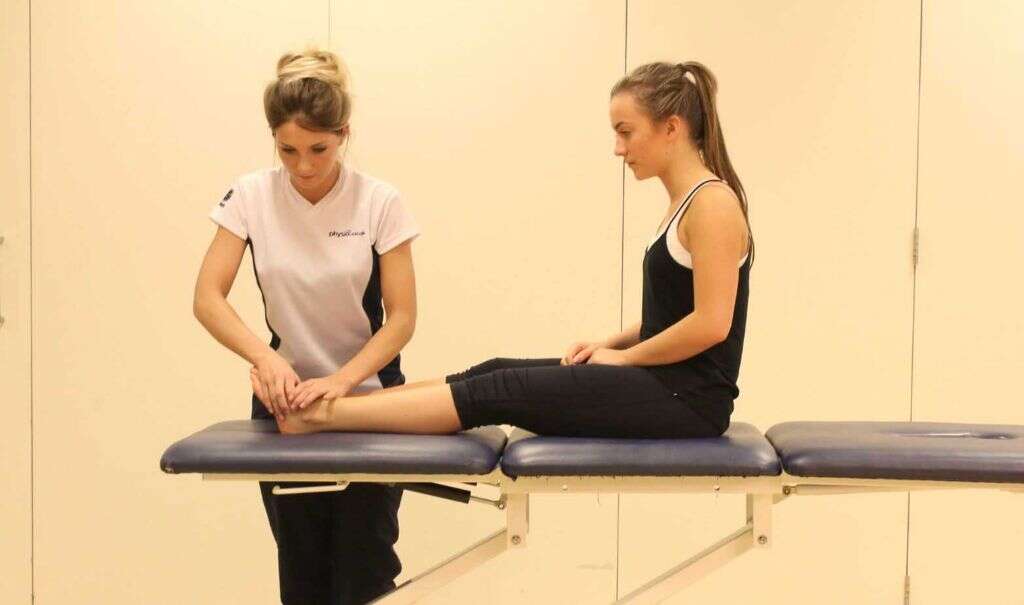
5. Grading/Classification
Turf toe injuries can be graded based on the severity of the injury. At grade 1, there is localized tenderness with some swelling and no bruising. It may be a stretch injury or small tear of the capsule. Grade 2 injury occurs when there is some tear of the capsule of the first metatarsophalangeal joint without involving the articular surface.
This can result in more tenderness with moderate swelling and bruising (ecchymosis). In grade 3 injury , there is complete tear of the capsule, tearing of the plantar plate, and can be associated with articular cartilage bruising, bone bruising, and fracture of sesamoids. This can result in severe swelling, tenderness, and moderate to severe bruising. The range of motion is also often limited as there is more severe pain.
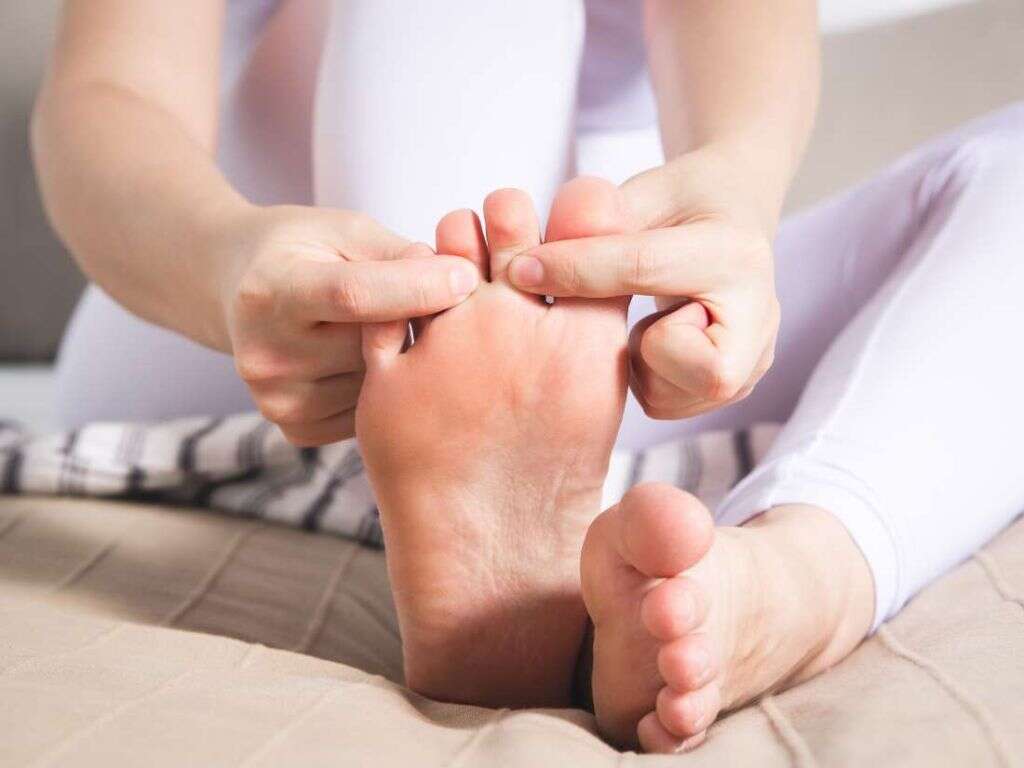
6. Imaging
Plain radiographs (x-ray) are mandatory. They will include several views. This is important as avulsion and sesamoid impaction can be observed on plain x-rays. Anteroposterior (AP), axial, and lateral views should be performed. Contralateral views are recommended to allow comparison of both sides.
A dorsiflexion stress view may also be beneficial to help provide extra clues to characterize the injury. A magnetic resonance imaging (MRI) scan is usually indicated in grade 2 to grade 3 turf toe injuries. The T2 weighted sequence can be used to help identify any soft tissue injuries such as the disruption of the plantar plate or articular surface.
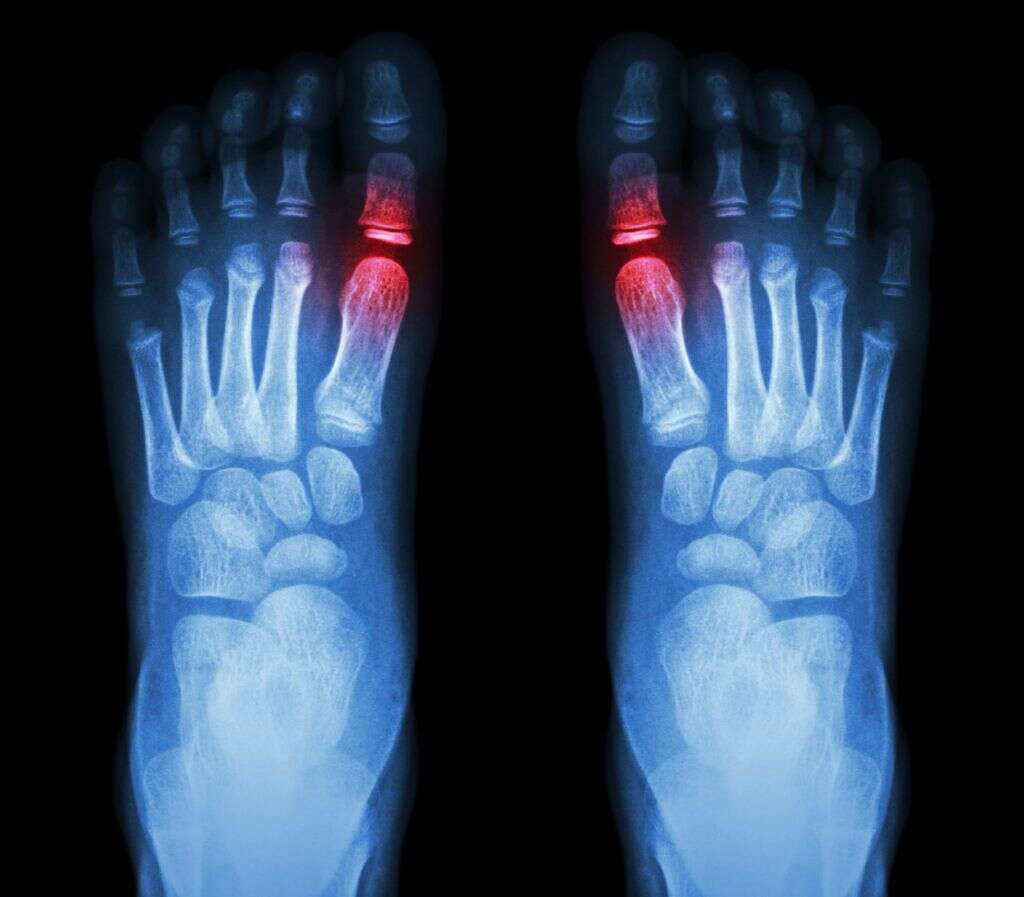
7. Medical Therapy
In the acute stage, regardless of the severity of the injury, the basic principle involves rest, ice, compression, and elevation (RICE). Taking nonsteroidal anti-inflammatory drugs (NSAIDs) can help to reduce pain, inflammation, and swelling. A short leg cast may also be beneficial to decrease pain.
In grade 1 injury, taping can prevent the movement of the joint. People with grade 1 injury can usually return to activity immediately despite mild pain. In grade 2 injury, there may be more playing time lost, ranging from 3 to 14 days. Crutches or a fracture walker can also be used. In grade 3 injury, a cast or boot is usually required for long-term immobilization. No strenuous activity is recommended for 2 to 6 weeks.

8. Surgical Therapy
Surgery is recommended once conservative treatment fails. This means that there is persistence of symptoms such as pain and difficulty with movement after trying conservative treatment. However, the need for surgical management in a turf toe injury is uncommon. An analysis has estimated that less than 2% of cases will require surgical treatment.
Surgical intervention may be required when there is traumatic bunion deformity, malalignment of the bones, clawing of the great toe, and advanced degenerative joint disease. Sutures should be removed in 2 to 4 weeks. Weightbearing and dorsiflexion (bending the toe toward the body) should be avoided. Six to 12 months may be required before the patient returns to full preinjury level.
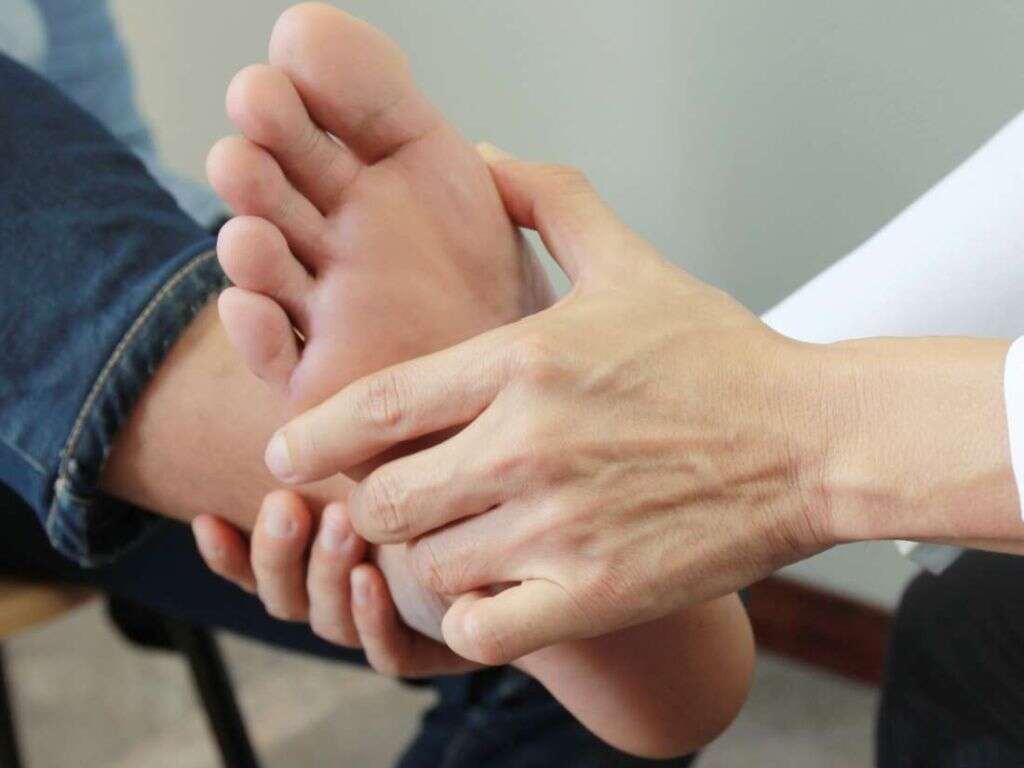
9. Complications and Long-Term Monitoring
Some of the complications of turf toe injury are persistent pain, joint stiffness, traumatic bunion deformity, infection, development of painful plantar nerve neuroma, and hypertrophic scar formation. However, these issues can usually be prevented with good surgical technique. Patients are usually allowed to return to activity after 4 to 6 months.
Additional protection may be recommended using an insole that has a graphite or stainless steel plate in the forefoot. There are also custom-molded insoles that help to decrease the movement of the metatarsophalangeal joint. Depending on the type of sport, additional stiffness can affect the speed and balance of the players.
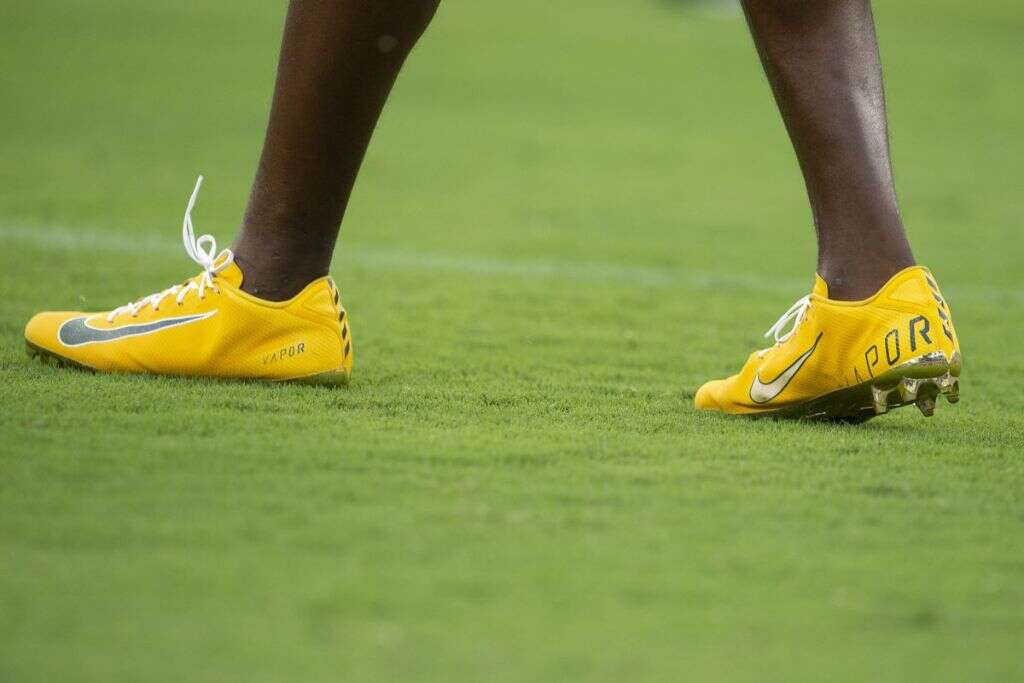
10. Prognosis
In most cases, if the patient adheres to treatment and management, both surgically and conservatively managed patients can usually return to the preinjury level of function. Some studies have shown that those with operative repair, especially among professional athletes, have led to good results.
Currently, the incidence of persistent symptoms have been shown to be as high as 50% 5 years after injury. Despite having a better definition for injuries in the feet, there is little information regarding the management of chronic injuries. Turf toe injury should be diagnosed and treated properly as it could lead to complications if mismanaged.




